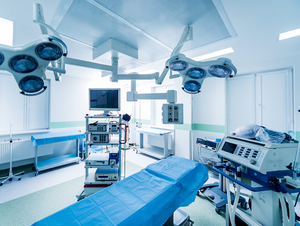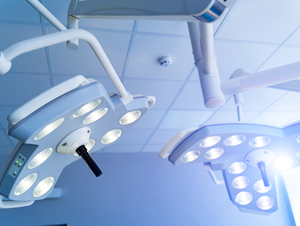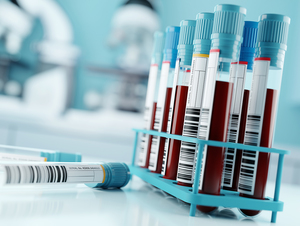Why do you not use the radioguided technique?


When I was at the Norman Parathyroid Center, every patient received a radioguided parathyroid operation. Now that I have my own practice, I perform the radioguided operation in some patients, but not all. The main reason is that most people do not need a radioguided approach. It is extra radiation that most people do not need.
What exactly is radioguided parathyroid surgery? It is referring to the use of a gamma probe during the operation, to measure radioactivity. When a sestamibi scan is performed within a few hours of the operation, the parathyroid glands are still radioactive because during the scan you get an injection of a low dose of radioactive material (technetium-99). You can measure this radioactivity level with a gamma probe in the OR. To measure the parathyroid’s radioactivity, you have to either remove the gland or biopsy it (take a piece of it) and then measure the radioactivity away from the body. Parathyroid tumors will tend to have a much higher radioactivity level than normal glands. This can help in some situations, if it is not clear whether a gland is normal or not.
The probe does not help you “find” the glands - it’s not like a metal detector at the beach. The term “radioguided” is a bit misleading. Many people think that the radioactivity probe “guides” you to the parathyroids. It does not. The reason is that the thyroid is also pretty radioactive, and there is so much “background” radiation from this that you can’t use the probe to find a parathyroid that is usually right next to the thyroid. You use anatomy to find the parathyroid glands, just as you would in any other patient. The probe may help “guide” your decision on whether to remove all of a gland, rather than just part of it, but usually it doesn’t. In nearly all cases, the appearance (color, size, consistency) of the gland is the deciding factor in whether the gland is removed or not. Radioactivity level can only be measured after you have removed the gland. It may offer a confirmation that you removed a parathyroid tumor - but you should know that from how it looked.
The technique of radioguidance was very helpful in my early years of doing parathyroid surgery. But as I did more cases, I realized that it added very little information. The more operations I did and the more parathyroids I saw, the more I realized that I didn’t need the radioactivity levels. Radioactivity levels stopped being a major part of the intraoperative decision-making.
Now, a separate note on sestamibi scans: these are incredibly useful, and I do get them on nearly every patient - just not necessarily on the morning of surgery. If someone has already had a sestamibi scan, then I don’t get another one on the morning of surgery. It is just extra radiation that the patient doesn’t need, that won’t change the operation.



